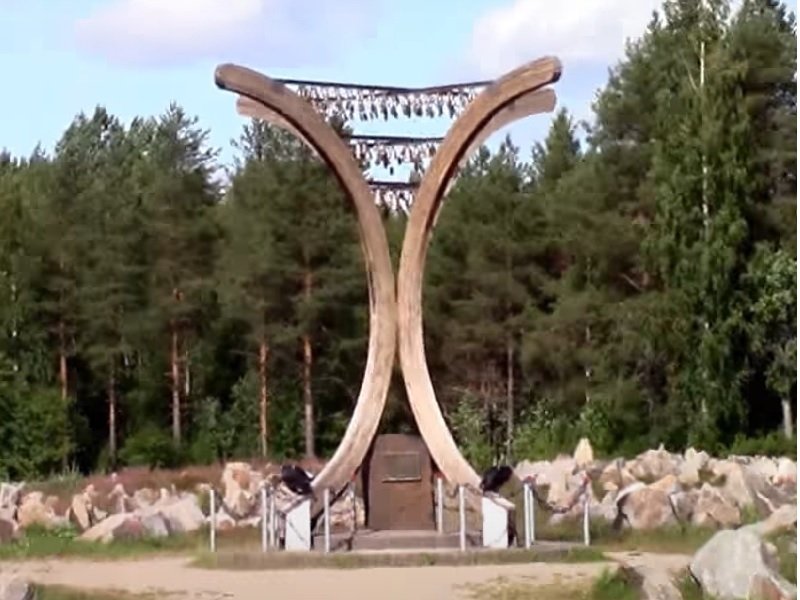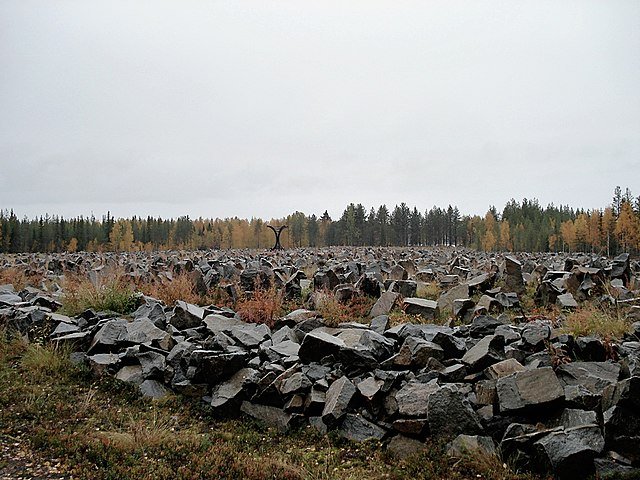The Winter War
Russia's attack on Ukraine is not the first time it has attacked a smaller nation. In November 1939, the Soviet Union attacked Finland. At the time, the Soviet Union's population was about 200 million people, while Finland had less than 4 million, a ratio of over 50 – 1. The Soviet Union had many tanks and aircraft, Finland had almost none.
Background
Before World War I, Finland was an autonomous region of Russia.
During World War I, the Communists took power in Russia, forming the Soviet Union. Finland declared its independence and became an independent nation in 1918.
World War II in Europe started with German and the Soviet Union invading and partitioning Poland in 1939. The Soviet Union then sought to push its border with Finland to buttress the security of Leningrad (St. Petersburg) from potential attack. Leningrad was close to Finland's border at the time.
After negotiations between the Soviet Union and Finland failed, the Soviet Union attacked Finland in late November 1939.
The War
On paper, it was a one-sided contest. The Finns were vastly outnumbered and had almost no tanks or anti-tank weaponry. However, Finland resisted Soviet aggression for three months until March 1940. They inflicted considerable casualties on the Soviets. By some estimates, Finland lost 20,000 – 25,000 men during the war. Estimates of Soviet deaths range from 50,000 to over 100,000. Even with very few tanks of their own, Finnish forces destroyed over 1,000 Soviet tanks.
Several reasons have been given for Finland's success. The Soviet mechanized armies were confined to the few roads available in the heavily wooded area. This left them open to ambushes. Maneuverable Finnish ski troops used the rugged landscape to conduct hit-and-run attacks on isolated Soviet units. Their tactics were aided by the freezing Finnish winter, which bogged the Soviets down and made their soldiers easy to spot against snowy terrain.
Finnish troop morale was high as they were defending their homeland. Meanwhile, Stalin had purged a wide swath of the Russian military during the late 1930s. Over half of the commanders were executed along with tens of thousands of officers. As a result, the Soviet army was poorly led.
As one example, in January 1940, a heavily outnumbered Finnish force faced several Russian divisions in the Battle of Suomussalmi. The Finns destroyed several Russian divisions. Most estimates are that Finland incurred under 1,000 casualties, while Russia lost over 10,000 men. The Finnish War Museum commemorates this battle. The stones on the field represent both the Russians and Finnish who died during the war. The monument has 105 bells, one for each day of the winter war.
Lacking anti-tank weapons, the Finns developed a homemade weapon. They took a glass bottle, filled it with gasoline or other flammable substances, and inserted a fuse. Thrown at the target, the bottle explodes into flames upon contact with the target. The name "Molotov cocktail" was coined by the Finns. It was a pejorative reference to Soviet foreign minister Vyacheslav Molotov. Molotov had declared that bombing missions over Finland were actually airborne humanitarian food deliveries for their starving neighbors. As a result, the Finns sarcastically dubbed the Soviet bombs "Molotov bread baskets." When the hand-held bottle firebomb was developed to attack and destroy Soviet tanks, the Finns called it the "Molotov cocktail" as "a drink to go with his food parcels."
Land Given up by Finland
Finally, in March 1940, the Soviets re-organized their army and upgraded their tactics. As a result, they were able to overwhelm the Finnish military. Finland sued for peace and signed the 'Treaty of Moscow' in March 1940. Finland gave up 10% of its land area to the Soviet Union but was able to maintain its independence.
Germany's Invasion of the Soviet Union
In 1941, Germany launched Operation Barbarossa, the invasion of the Soviet Union. The poor performance of the Russian army against Finland was one factor leading Germany to believe they could win.
Finland wanted to win back the lost territory and allied with Germany against the Soviet Union. This became known as the 'Continuation War.' Finland participated in the siege of Leningrad from 1941 until the Soviet Union broke the siege almost three years later in 1944. A powerful Soviet offensive forced the Finnish forces away from Leningrad. In September 1944, Finland agreed to the 1940' Treaty of Moscow' conditions but again remained independent. In contrast, most of Eastern Europe, including Poland, Romania, and Czechoslovakia, fell under direct Soviet control immediately after World War II.
The Fall of the Soviet Union – 1991
After the fall of the Soviet Union, Finland joined the European Union. However, Finland has not joined NATO. Finland cooperates with NATO but remains officially neutral. At this point, all of Europe except Finland and Sweden are members of NATO. Neither country has expressed interest in joining NATO, but the Russian invasion of Ukraine has them reconsidering their security needs. Recent polls show that a majority of Finns now support joining NATO.
Conclusion
Finland was able to hold off far superior Soviet forces for three months. Can Ukraine match or exceed this performance? There are two significant differences between the current invasion of Ukraine and the 1939 assault against Finland. First, Ukraine is 10 times larger than Finland, so the contest is not as one-sided. Second, in 1940, Finland fought alone. Today, Ukraine is receiving significant military supplies from the west, allowing it to continue its contest against Russia.
What will the result in Ukraine be? We don't know, but so far, the Ukrainian military is holding off the Russians as did Finland 80 years ago.



